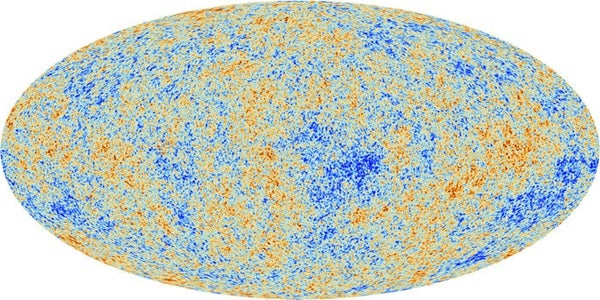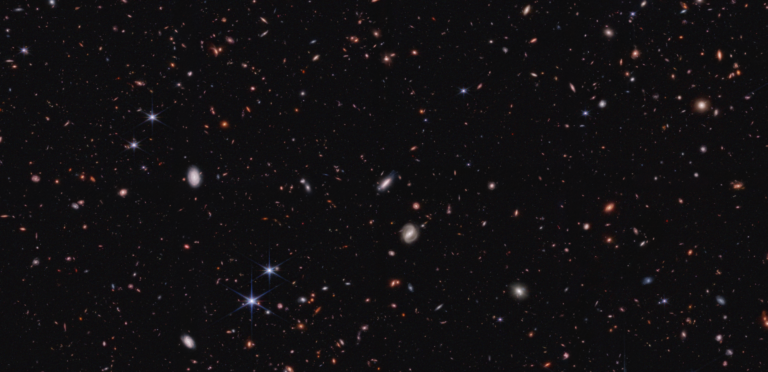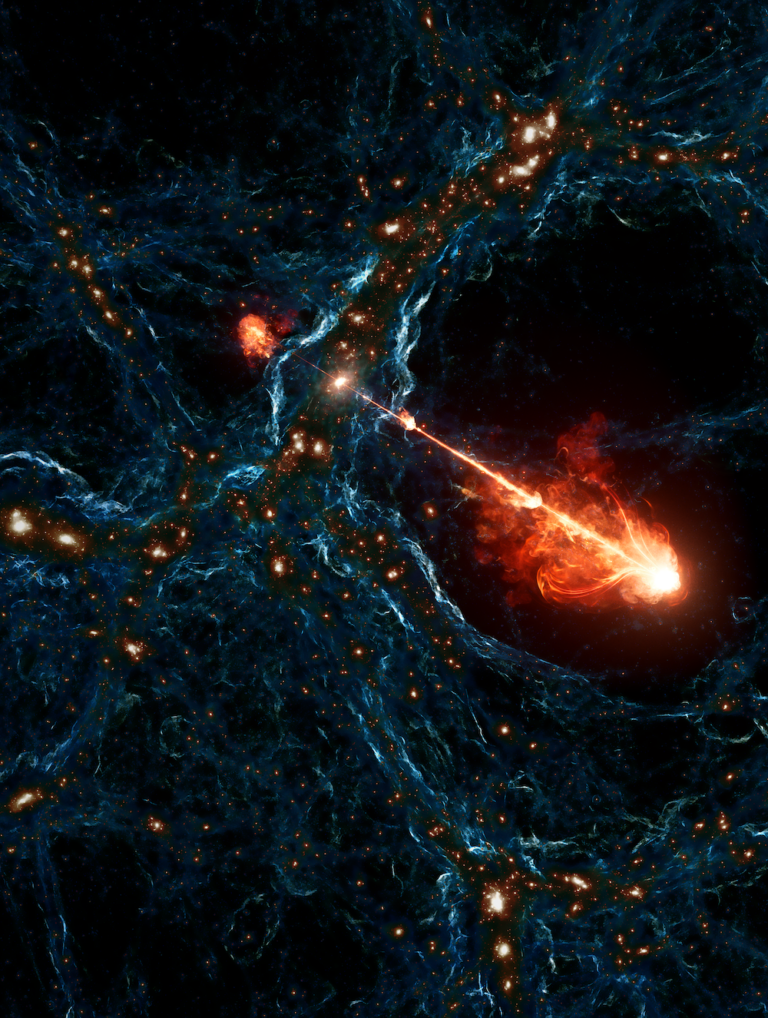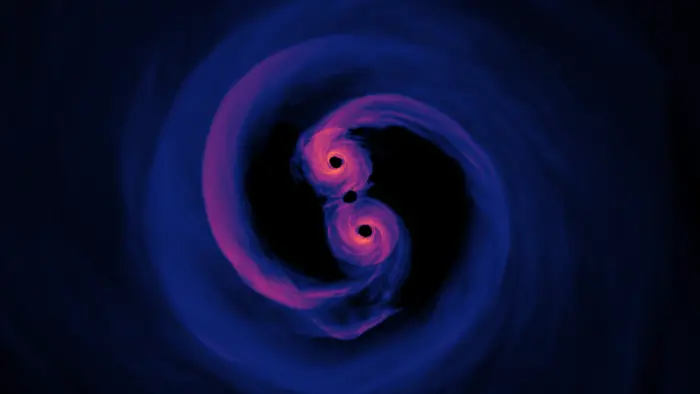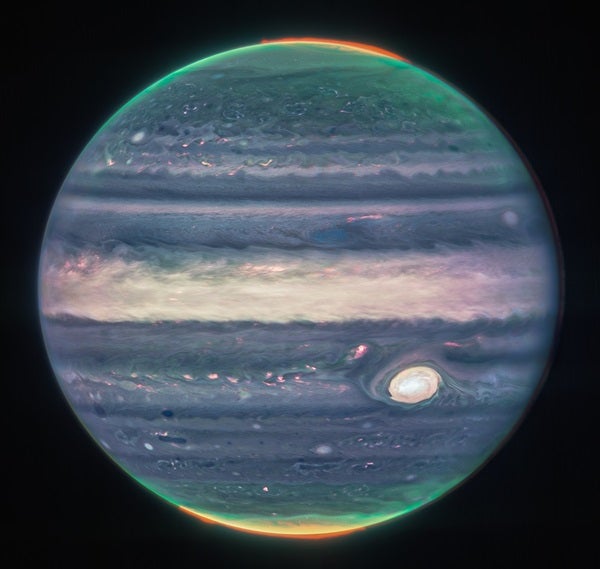No one has ever directly observed gravitational waves, phenomena predicted by Einstein’s general theory of relativity, and such a discovery would have profound implications for the study of the universe. Last March, however, the team behind the BICEP2 project made a groundbreaking announcement: The Antarctic observatory had detected a signal referable to gravitational waves. The study claimed to have excluded possible contaminants (other sources that could have generated the same signal) and that the observation was therefore to be considered genuine. But not everyone agreed, and many scientists expressed doubts. To test the observation, the team in charge of analyzing the Planck satellite data carried out a series of checks in the same portion of sky observed by BICEP2, both at the same and at higher frequency ranges. The study, now available in the archives, in part damps down enthusiasm. “Unfortunately, according to our analysis, the effect of contaminants and, in particular, of gases present in our galaxy cannot be ruled out,” said Carlo Baccigalupi from SISSA in Triesta, Italy.
The strength of Planck, which provides a coarser-grained picture of the sky compared to BICEP2, is that it observes the universe at a very wide range of frequencies — nine bands from 30 to 857 GHz, as against the single frequency of 150 GHz used by BICEP2. And it is precisely this “multiple” image that enabled the Planck scientists to establish that the effect of a contaminant may indeed be at work.
The news is not all bad, however, and could instead prove fruitful. “We have started a collaboration with BICEP2. We are directly comparing their data with the Planck data in the same frequency, 150 GHz, and trying to exploit the image of the contaminants we reach with Planck at other frequencies,” said Baccigalupi. “This way, we hope to be able to give a definitive answer. In fact, we might find that it was indeed a contamination, but given that we’re optimists, we might even be able to exclude it with confidence. This way, Planck could give a crucial contribution to the discovery of evidence of gravitational waves from the Big Bang in cosmic background radiation. Such a discovery would open a completely new window onto unknown scenarios in the study of the primordial universe and very-high-energy physics.”

